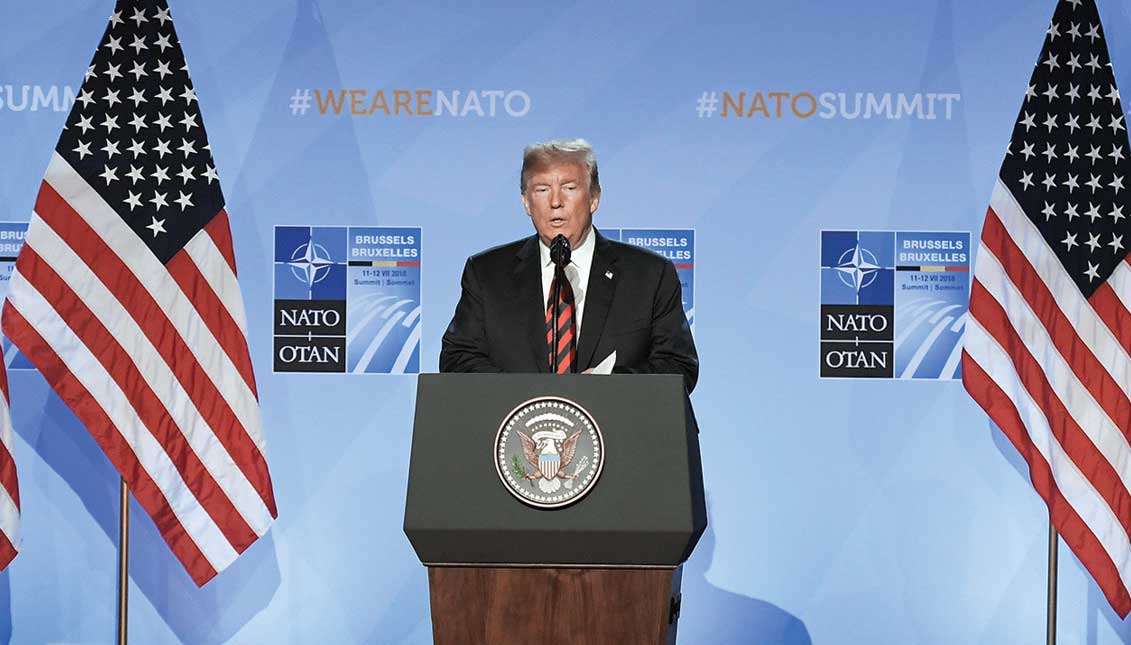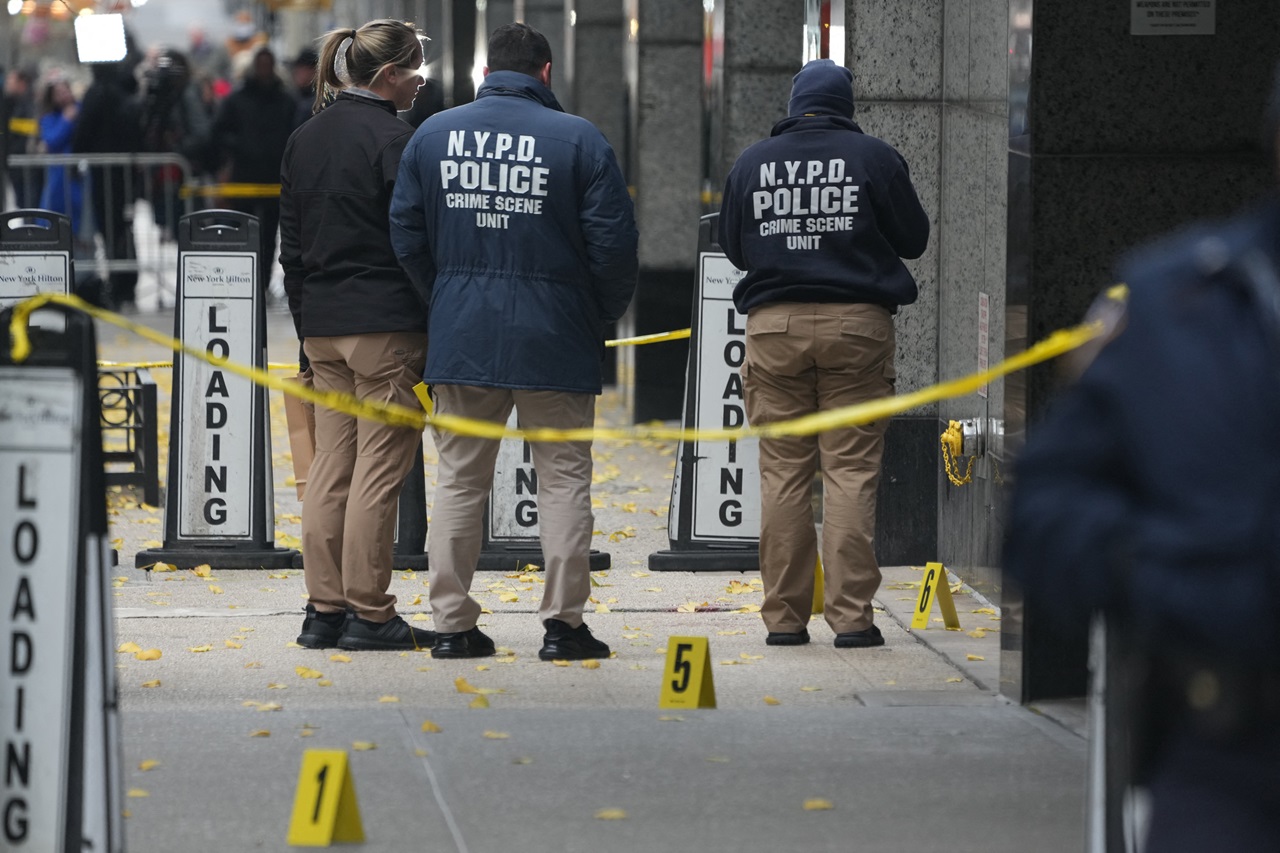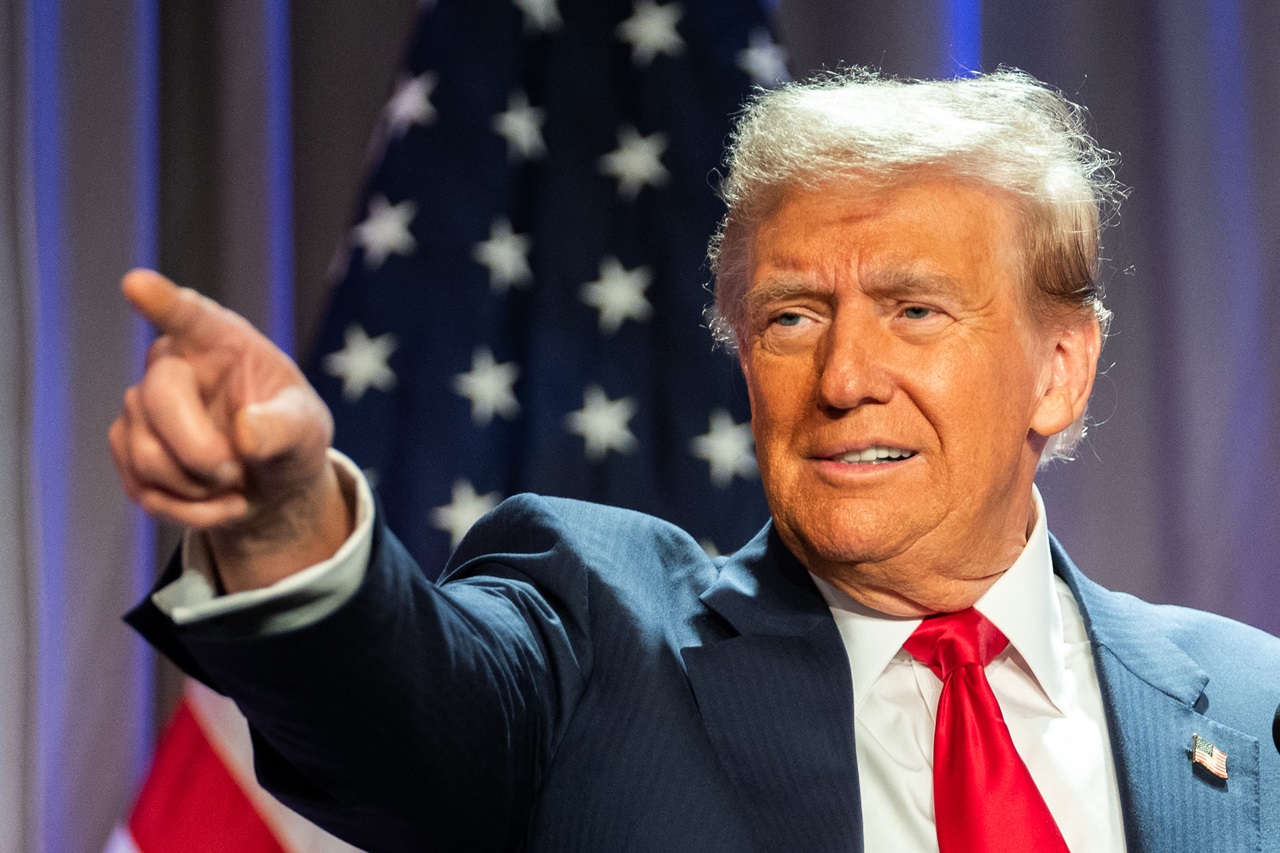
5 things you should know about what happened at the NATO summit
The North Atlantic Treaty Organization (NATO) is the most important international military alliance in the contemporary history of the world. The U.S…
After the worst facet of humanity was exacerbated during the Second World War, the stability of international relations became a priority for Western governments to the point that any threat to the pacts created after 1949 puts half of the world on alert, and revives the ghosts of the worst violence the human race is capable of.
That is why the behavior of President Donald Trump during the last NATO convention has anguished the entire international community, calling it an "emergency" and even a "crisis."
Last week, the 28 countries belonging to the organization met at their headquarters in Brussels to discuss situations such as Afghanistan, and reaffirm their commitment to the protection of international peace and the pre-eminence of democratic values.
Simultaneously, and with an antagonistic spirit, the president of the United States began an internal campaign of threats against his allies, demanding equal economic participation and warning that if countries like Germany didn’t increase their defense spending, he "would make his own thing” separate from NATO.
These are the 5 keys to understanding what happened:
RELATED CONTENT
Theoretically, NATO was designed in 1949 to "guarantee the security of Western European states" against the Soviet Union, with the advice and support of the United States. For some, like President Charles De Gaulle in France, the pact seemed more like a monopolization of international military strategies by the United States and the United Kingdom. But after the disintegration of the Soviet Union and the rescission of the Russian threat, the organization focused on resolving issues of first necessity for members like the United States, for cases like the invasion of Afghanistan and, to a lesser extent, the war in Iraq, overlooking current problems such as the conflict in Syria.
The commitment of the member countries is to invest a percentage of GDP in national defense, which would be equivalent to working with the defense of all member countries. Since the beginning of his administration, President Trump has complained that "the United States pays at least 90 percent of NATO," calling the circumstance "unfair." However, according to the organization's budget report, the U.S. spending is 72 percent (or $686 billion), according to Politifact.
According to this same source, "this spending doesn’t represent the money spent in on behalf of NATO, nor for NATO. They’re the total defense budgets of NATO members." While it is true that U.S. spending is considerably higher, its investment in defense is not only for its interests in the European territory but for "global defense missions," as explained by the professor emeritus at American University’s School of International Service, Gordon Adams. However, President Trump has insisted that the participation established by the organization (with which each member must contribute according to their GDP), puts the United States at a disadvantage, since, as a consequence, it would participate with 22 percent of the total (about $550 million). But if we consider that the total participation of Europe is $1.8 billion, the assertions of the U.S. president do nothing but make him look ridiculous.
Many countries have criticized NATO, arguing "it has been used to support U.S.-led wars instead of protecting European borders from the Russian threat," as the former German defense secretary Willy Wimmer explained to the Express. "If NATO continues with these policies, it will lose all the support it had in the past." However, President Trump has raised the issue as if it were a collaboration of the country without any compensation.
For Laura Rosenberger, director of the Alliance for Securing Democracy and principal associate at the German Marshall Fund, "Trump's behavior in NATO is just the latest in a pattern in which the president manufactures crisis to advance his own political purposes.” In the case of his attacks against the country's historic alliances, Rosenberger intuits that "his strategy is not only isolating the United States, but eliminating the very power that has provided for our peace, prosperity and security for decades," that is, to create a state of perennial chaos with Europe, which would facilitate the political advance of disguised allies of the United States government, such as Russia.











LEAVE A COMMENT:
Join the discussion! Leave a comment.